- Mahsa S. Y.
- Interior Design
- 1511 views
- 1 comments
Home designing colors play a climacteric role in home interiors, and the brilliant selection of schemes can transform a room from ordinary to remarkable. Choosing the most suitable home design colors is not as complicated as it seems.
Here is a complete guide to color combinations for home interior designs step-by-step. You can approach the incorporation of colors in interior design with a deliberate and informed perspective. To learn how to choose the proper decorating color palettes for any item of a home interior design, you first need to get informed about the color psychology in home interior design.
In this blog post, after talking about the critical subject of color psychology, we'll review the best interior design color themes for home and house painting designs, furniture, and decorative items. Then, you will visit room design painting tips and ideas, and after all, there will be an introduction to the 60-30-10 decorating rule. So, stay with this complete guide to choose the best colors for your home interior design.
Home Interior Color Psychology
Every single design color in the world possesses intrinsic emotional qualities. Understanding the psychological impact of decorating color palettes is fundamental. For instance, serene blues evoke a sense of calm and tranquility, making them ideal for bedrooms. In contrast, bold and warm colors like reds and oranges can stimulate energy and creativity, suitable for spaces where people gather and socialize and well-suited for kids' rooms. So, it would work best if you first learn home interior design color psychology before decorating your house. Here are warm, cool, and neutral colors' psychological effects in brief when being used in a space:
- Warm Colors can develop an attractive and tempting atmosphere, making the home interior touch more intimate and energetic. However, overusing them may be deemed overwhelming and exaggerated.
- Cool Colors are home design colors that promote a sense of peace, calm, and quiet. They work well in bedrooms and areas where you need equilibrium. For instance, a blue rug can make the bedroom feel quiet.
- Neutral Colors are adaptable and timeless. They can create a tidied, refined, and proportional atmosphere. The neutral home design colors provide an ideal location for adding color pops through a house interior.
For more information, please read the "Spiritual Meaning of Colors" blog post.
Interior Design Color Themes for Home
Establishing a cohesive color theme for decoration is crucial. In the following, you can see the best decoration color scheme for each interior design style.
It's essential to keep in mind that there's no universal "best" color theme dedicated to each interior design style. The ideal decorating color palettes will vary depending on the style, purpose, usage, and personal preferences. However, some home-designing color themes and schemes are versatile and widely appreciated and can be adapted to various home interior styles.
Neutral Color Palettes for Home Interiors
Neutral colors like White, Beige, Gray, and Cream provide a clean, timeless backdrop suitable for most styles because they are the most versatile. Neutral pallets work best in Modern, Minimalist, Rustic, and Retro interiors.
Here is a collection of Beige Persian Rugs for creating a fabulous space.
Earthy House Interior Colors
Earthy tones like Browns, Pale Oranges, Greens, and Deep Terracottas are the best options for Rustic, Scandinavian, Bohemian, Neoclassical, or Mid-century Modern styles.
Pastel Interior Decorating Color Palette
Soft pastel tunes like Baby Blue, Lavender, Cherry Blossoms, Mint, Lime, Peach, Mauve, and Blush form a delicate, calming aura, ideal for Kids bedrooms and Modern, Neoclassical, Minimalist, or Coastal styles.
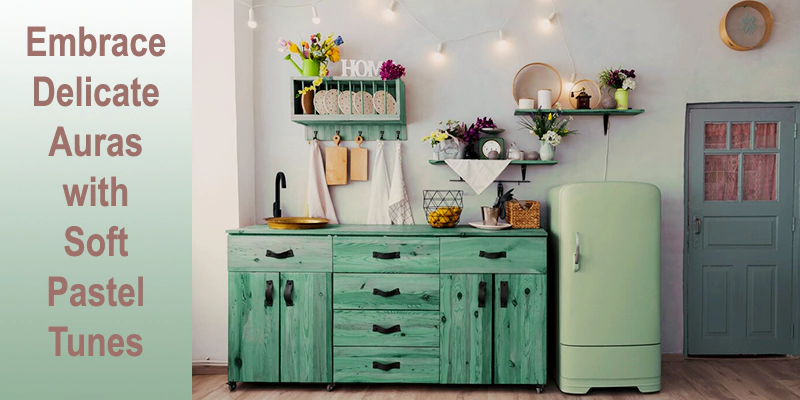
Jewel Tone Home Interior Color Themes
Rich and deep tints like Amber, Emerald Green, Ruby, Sapphire Blue, Turquoise, Amethyst, and Persian Blue create wealthy and elegant atmospheres. They are flawless for Traditional, Vintage, Eclectic, or Classic interiors.
Vintage Colors Palette for Home Decoration
You can feel the magic of vintage-inspired, mild, hushed tones that add texture to Mid-Century Modern, Vintage, Industrial, Retro, or Rustic home styles.
Cyrus Crafts; Luxury & Unique Products
Monochromatic Home Designing Color Themes
A solo color in a variety of shades and tones can make a pleasant and refined countenance. Monochromatic themes are frequently used in Modern, Bohemian, Contemporary, and Organic Modern interior designs. You can complete a bohemian interior design with a cream rug.
Complementary Color Combinations for Interior
A couple of opposite colors on the color wheel, such as blue and orange or yellow and violet, create rich contrast. Complementary color combinations can add vibrancy to spaces, making them well-suited for eclectic, Classic, Industrial, and Scandinavian interior design styles.
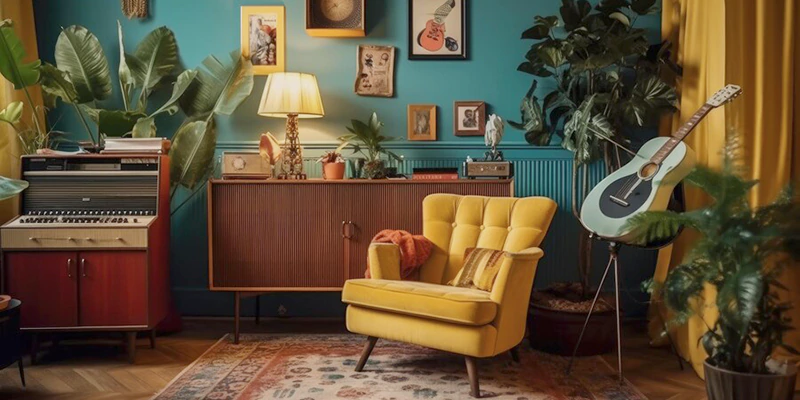
Analogous Color Palettes for Interior Design
Adjacent Colors of the color wheel provide a harmonious and soothing palette. Being also called analogous colors, they are excellent for creating cohesive regard in almost all home design styles.
Triadic Colors Combinations for Home
Three colors equidistant on the color wheel, like red, blue, and yellow, can create a dynamic and balanced scheme. For using triadic color combinations in your home, you can add a red rug to a room with blue walls and yellow accents.
Black and White Interior Houses
The definitive black-and-white partners add a meaning of enlightenment and can be incorporated into practically any home design style. So, while ornamenting your home interior, whatever your desired style, from traditional to contemporary, you can use black and white. Moreover, there are black decoration ideas if you prefer your home interior to be dark.
Finally, your family member's personal preferences and the regular features of the room play a meaningful position in selecting the perfect color theme for your home interiors.
Room Design Painting for Home Interior
Room design painting is so exciting for adults and youngsters. After choosing the preferred home design colors for the walls, furniture, and all decorative items, you should start with home interior paint design. Here you go with tips and ideas for room design painting.
Room Design Painting Tips
The room design painting tips given here will help you through a perfect and flawless room painting color design. There are different rules for different rooms; for example, a modern interior design needs pale hues instead of vibrant colors and patterned designs. Here are the handy tips:
Consider the Space and its Untamed Lighting
It is necessary to consider the room size and the natural light available in it. Small spaces can feel cozier with dark colors, but the lack of lighting will lead to a feeling that it is smaller. Using lighter color paints, on the other hand, can make a room appear more spacious, but it may require careful selection to avoid looking stark and clinical.
Think of Effects and Functions
Each room in a home serves a unique purpose, and color can influence mood and atmosphere. Soft, earthy colors can encourage relaxation in a living room, whereas vibrant colors can boost energy and social interaction in a kitchen or dining room. And pastel colors are joyful for children's bedrooms.
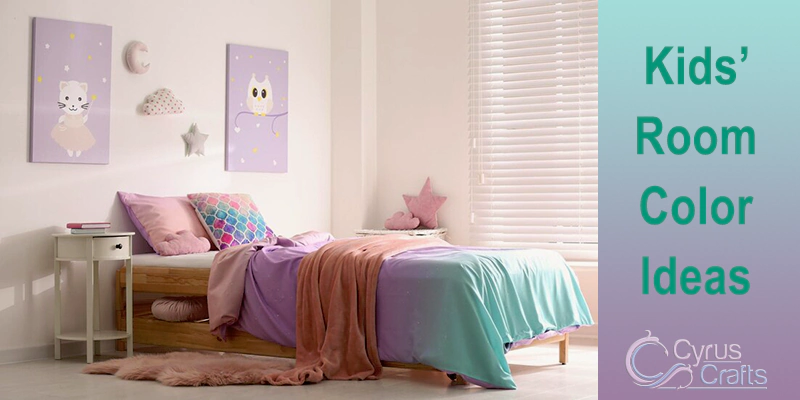
Test the Samples Before Painting
If you are going to use paint colors for a wall design, test them carefully before doing the job thoroughly. Lighting conditions and the surrounding environment can affect how a color appears, so sampling is a vital step in the decision-making process.
Room Design Painting and Wall Paint Ideas
You can find or create many wall paint ideas when it comes to room design painting. Before going for the painting ideas, remember that you can always add bedroom wall tiles to ornament the walls in addition to their painting colors. Here are the most interesting and innovative wall paint ideas for home design:
Color Flow, Best for Wall Painting
It is essential to achieve a sense of flow and continuity between rooms. Assume how colors transition from one space to another, and use a consistent decorating color palette or complementary shades to create a harmonious space. Nowadays, sage green is one of the most trendy colors for decorating home interiors.
You can visit color combination ideas and tips to decorate a sage green bedroom in a detailed blog post.
Adding Accent Colors Always Works
Adding accent colors can bring visual interest and focal points to the home interior. These can be introduced through furniture, artwork, or decorative accessories. They provide a dynamic contrast to the dominant color scheme.
Trendy Colors vs. Timeless Decorating Color Palettes
While remaining disclosed about color trends is essential, it's also paramount to think of the longevity of your home design. Classic, neutral wall paints can stand the test of time, while bolder choices may need updates over the years.
Personalization Matters the Most
A home interior design is a reflection of the inhabitants' personality and style, ultimately. Customizing tint choices to align with their preferences confirms that the space feels like home.
Best Color Themes for Bedrooms
To be honest with you, there is no "the best color for the bedroom." Actually, the best color themes for bedrooms differ depending on your tastes and interests, bedroom design style, etc. Here are some tips for choosing the most proper colors and paints for your unique bedroom:
Wall Painting Designs for Bedroom
When planning wall painting designs for a bedroom, consider the overall mood and style you want to create. Soft and soothing colors like pastel blues, muted greens, or pale grays work well for a calming atmosphere. Bold geometric patterns or stencils can add a touch of creativity to the room, creating a unique and personalized look. After all, don't fret if your room looks entirely grey; you can warm up a grey decoration with easy tips.
Wall Color Combinations for Bedroom
Creating the perfect wall color combinations for a bedroom involves selecting colors that complement each other. For a harmonious feel, use analogous colors like varying shades of blue or green. For a contrasting look, pair warm and cool colors, such as a deep navy with a soft coral accent wall, to create a visually striking and balanced design.
Colorful Bedroom Design Themes
To achieve a colorful bedroom design theme, start with a neutral base color for the walls and larger furniture pieces, then add pops of color through decor and accessories. Vibrant throw pillows, colorful Artwork, and a bright area rug can inject personality and energy into the room without overwhelming the space.
Room Painting Color Design
When selecting room painting colors, consider the room's purpose. For a serene and restful bedroom, opt for calming colors like soft lavender, muted blush, or gentle beige. Balance the chosen color with the room's natural light to ensure it doesn't appear too dark or too bright. But don't worry if it's not possible to paint your white room.
Here are tips and ideas for decorating rooms with white walls.
Room Interior Decorating Color Palette
Building a room's interior decorating color palette starts with choosing a primary color for the walls and larger pieces of furniture. Once you have your primary color, create a cohesive palette by selecting two or three complementary or analogous colors to use in smaller accents, such as curtains, bedding, and decor. This approach brings a sense of unity and balance to the room's design.
Remember that a well-thought-out color scheme can transform a bedroom into a harmonious and visually pleasing space that reflects the occupant's personality and style.
Children's Bedroom Decorating Color Palettes
Children's bedroom design can seriously impact their mood, creativity, and overall well-being. There are tips and pieces of advice for designing kids' bedrooms as they grow up. When it comes to color themes, it's essential to strike a balance between visual appeal, functionality, and the child's personality.
Soft pastels like gentle blues and soothing pinks create a calming atmosphere conducive to relaxation and sleep. At the same time, vibrant and playful colors like yellows, greens, and primary hues stimulate creativity and imagination. Combining these elements allows for a versatile space that can adapt to different phases of a child's development.
Additionally, selecting a cohesive color palette for a kids' bedroom ensures a harmonious and visually pleasing environment. A well-curated palette may consist of a dominant color for the walls, complemented by coordinating hues for furniture, bedding, and decor. This approach promotes a sense of unity in the room while allowing for individuality and personalization through accent colors or themed decor.
It's essential to involve the child in the color selection process, encouraging their creativity and empowering them to make choices that reflect their preferences. By considering both color palettes and themes, designers can create kids' bedrooms that are not only aesthetically pleasing but also nurturing spaces where children can grow, learn, and play in a harmonious and inspiring atmosphere. Click the picture below to read tips for designing children's bedrooms as they grow up.
Color Combination for Living Rooms
Here are pieces of advice from some of the most famous interior designers about color themes and palettes for living room interior design, with a focus on the provided keywords:
Wall Color Combination for Living Room
Renowned interior designer Nate Berkus suggests, "When selecting a wall color combination for the living room, think about creating a sense of balance. Start with a neutral base color, and then introduce a bold accent color through furniture, Artwork, or accessories. This adds depth and interest to the space while maintaining a harmonious feel." For example, you can design a sage green living room by combining sage with other soft tunes.
Living Room Interior Design Color Themes
Award-winning designer Kelly Wearstler advises, "To establish captivating living room interior design color themes, draw inspiration from your surroundings. Nature, art, or personal experiences can guide your choices. Develop a color narrative that tells a story, and use it consistently throughout the room to evoke a specific mood or emotion."
Embrace the inspiration of the Persian Colors in your memorable living room.
Color Combination for Living Room Space
Interior design icon Joanna Gaines recommends, "When choosing a color combination for the living room space, consider the room's natural light. For well-lit spaces, you can experiment with darker hues for a cozy atmosphere. In dimly lit rooms, opt for lighter shades to create an open and inviting feel."
Living Room Decorating Color Palette Ideas
Acclaimed interior designer David Bromstad shares, "For living room color palette ideas, explore complementary and analogous colors. Harmonious combinations like soft blue with pale gray or deep orange with warm brown can set a pleasing tone. Don't be afraid to introduce unexpected color accents for a dynamic look." For example, here are ideas for designing a navy blue and grey living room professionally.
These insights from famous interior designers emphasize the importance of balance, personal expression, lighting considerations, and harmonious color combinations when designing a living room's color theme and palette.
The 60-30-10 Decorating Rule for Home Designing Colors
In a nutshell, the 60-30-10 decorating rule for home designing colors is as straightforward as follows:
- Sixty percent: The primary tone of space is primarily determined by the dominant color, which represents 60% of all room elements from wall paint to ornaments.
- Thirty percent: The secondary color, comprising 30% of the room's components, perfectly complements, including rugs, furniture, and decorative items, the dominant color and elevates the overall aesthetic to new heights.
- Ten percent: Adding an accent color to your room can make all the difference. By incorporating this small detail, which should make up about 10% of the overall design, you can create focal points and add visual interest that will impress any guest. Don't miss out on the opportunity to make your space stand out.
You can adjust the 60-30-10 rule of decorating colors using an area rug; the picture below leads you toward a collection of area rugs.
Today, you met the only guide you needed about the colors for your home interior. As a brief review, you first studied home interior color psychology and then visited numerous interior design color themes for homes. Then you met room design painting tips and ideas. After all, there was an introduction to the 60-30-10 decorating rule. And you can read more in the "Decorating Colors Inspirations" blog post.
If you have anything to add, please share it as a comment. If you have any questions about choosing suitable colors for your home interior, please ask them; CyrusCrafts' professional interior designers will answer your questions as fast as possible. Here on the CyrusCrafts international online shop website, we offer home decor items with the highest qualities and standards at the best prices.
You only need to surf the website, choose your favorite goods, and fill out the order form. Then, we will deliver your orders to the address by shipping worldwide. As CyrusCrafts has offices in Canada and the United States of America, the delivery time is quick in these two countries.


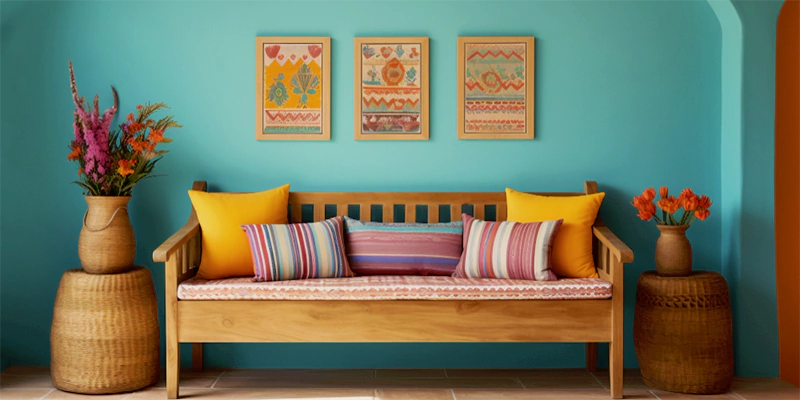
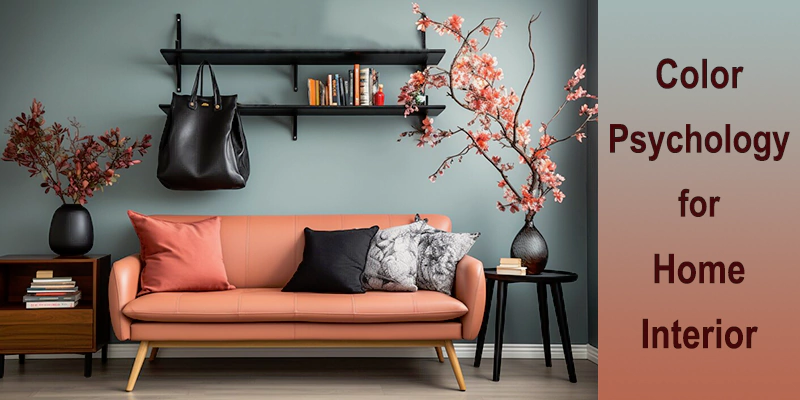
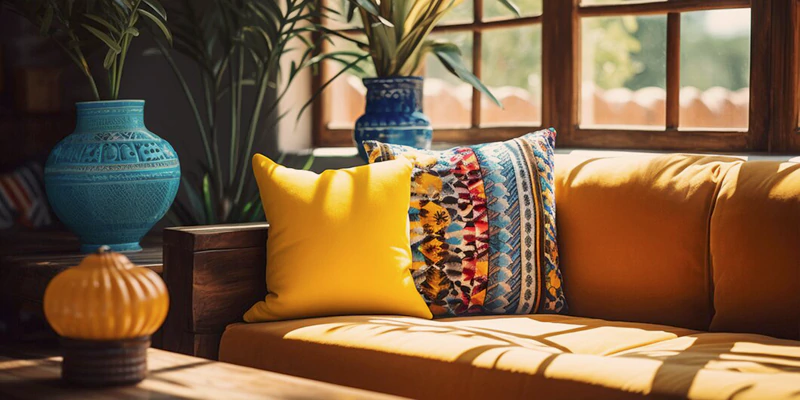
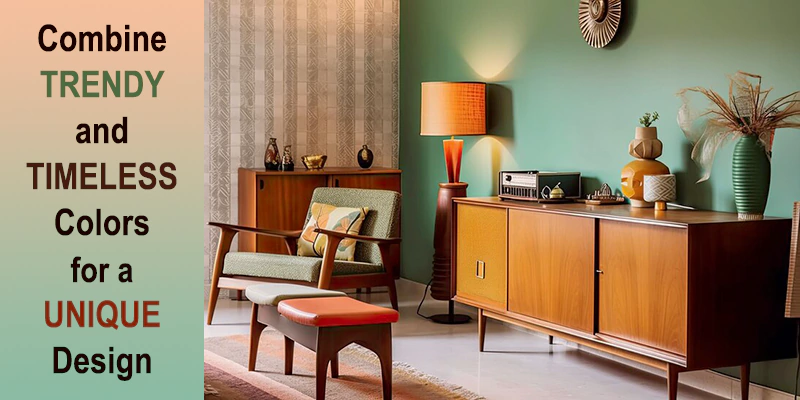
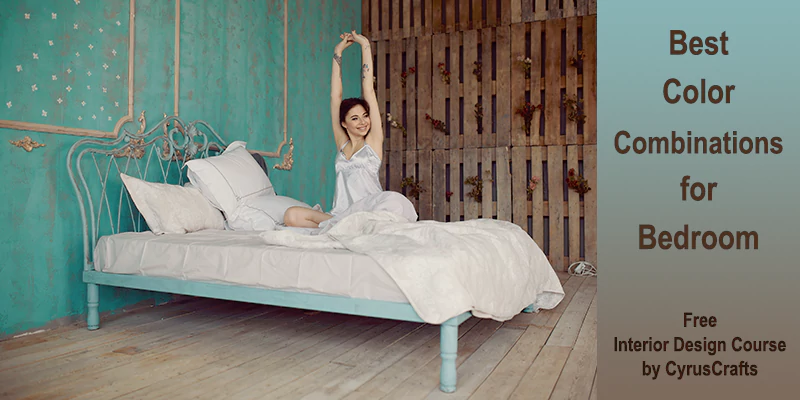
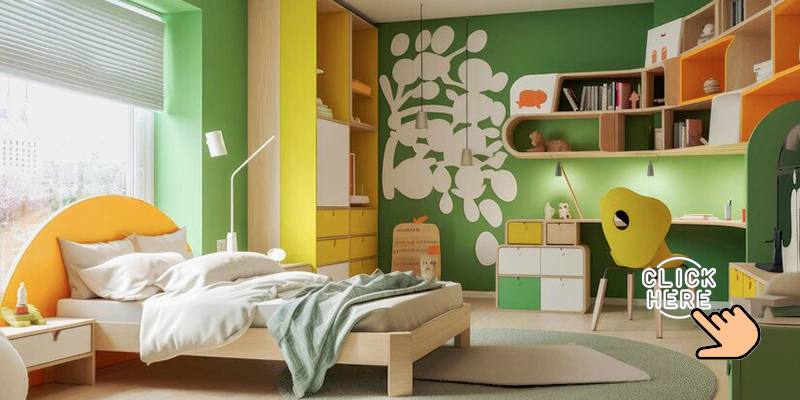
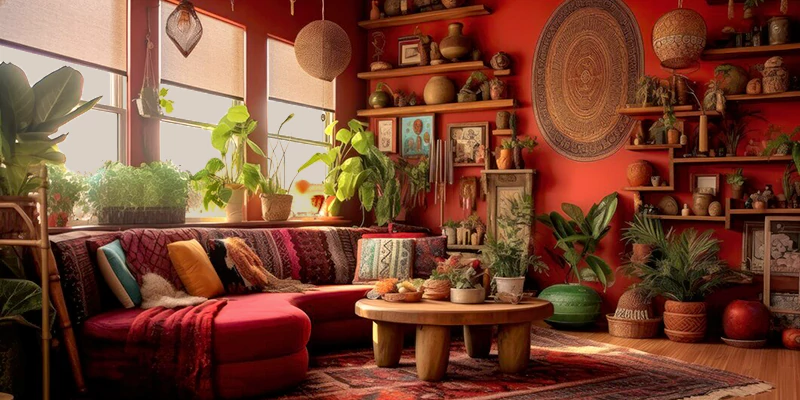
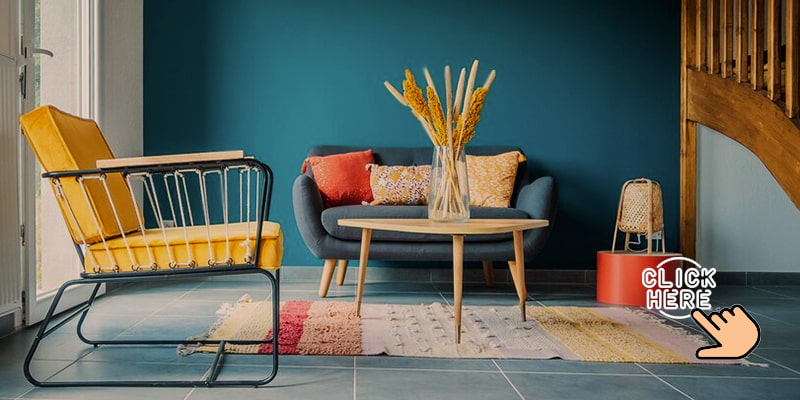
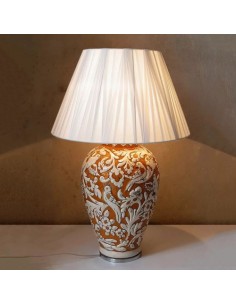

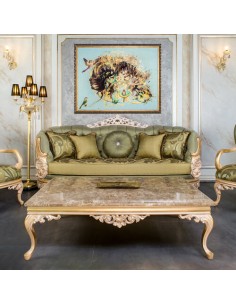

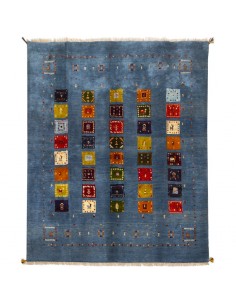

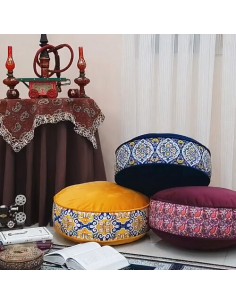

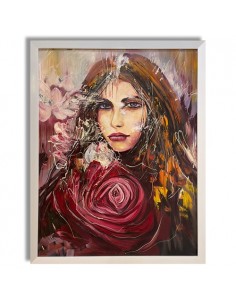








Comments (1)